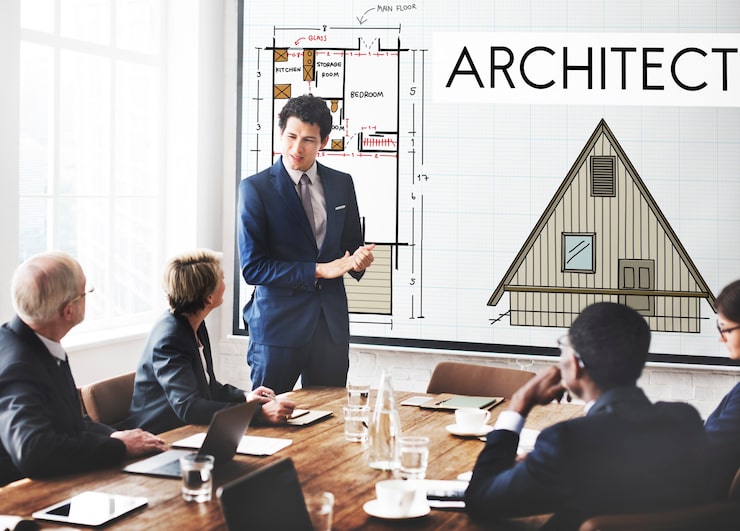Urban landscapes are evolving rapidly, reflecting the dynamic demands of modern cities. From sustainable office complexes to innovative retail spaces, commercial architectural firms play a crucial role in shaping the way we live, work, and interact in urban environments. In this article, we explore the top firms driving this transformation and the trends that are redefining cityscapes worldwide.
The Leading Commercial Architectural Firms Shaping Modern Cities
Commercial architecture is no longer just about constructing buildings—it’s about creating experiences, enhancing functionality, and integrating sustainability into design. The following firms are at the forefront of this revolution:

1. Gensler – Global Innovators in Commercial Design
Gensler has earned a reputation as one of the most influential commercial architectural firms worldwide. Known for designing iconic office towers, mixed-use developments, and hospitality projects, Gensler emphasizes:
- Cutting-edge design solutions
- Sustainable building practices
- Community-focused urban planning
Their projects seamlessly blend aesthetic appeal with functionality, transforming city skylines across the globe.
2. SOM (Skidmore, Owings & Merrill) – Masters of Urban Transformation
SOM has consistently pushed the boundaries of architecture and engineering. Their commercial projects include high-rise office buildings, cultural centers, and urban infrastructure that:
- Incorporate advanced structural innovations
- Promote energy efficiency and environmental responsibility
- Create visually striking landmarks
With decades of experience, SOM’s designs redefine how people interact with urban spaces.
3. Foster + Partners – Sustainable Visionaries
Foster + Partners is synonymous with futuristic and eco-conscious design. This firm integrates technology and sustainability in every commercial project, including:
- Smart office campuses
- Retail complexes with innovative layouts
- Public spaces that enhance urban life
Their commitment to green architecture ensures that commercial developments contribute positively to the urban ecosystem.
Emerging Trends in Commercial Architecture
Modern commercial architectural firms are adapting to the changing needs of urban life. Key trends include:
- Mixed-Use Developments: Combining residential, office, and retail spaces in a single project to maximize urban density.
- Green and Resilient Buildings: Incorporating energy-efficient systems, green roofs, and sustainable materials.
- Technology-Driven Design: Using AI, BIM (Building Information Modeling), and smart systems for optimized planning and operation.
- Community-Centric Spaces: Designing public areas and amenities that foster social interaction and inclusivity.
These trends are shaping not only individual buildings but entire city districts, making them more livable and adaptable.

Conclusion
The role of commercial architectural firms in transforming urban landscapes is more significant than ever. Firms like Gensler, SOM, and Foster + Partners are leading the charge, blending innovation, sustainability, and functionality to create spaces that define modern cities.


